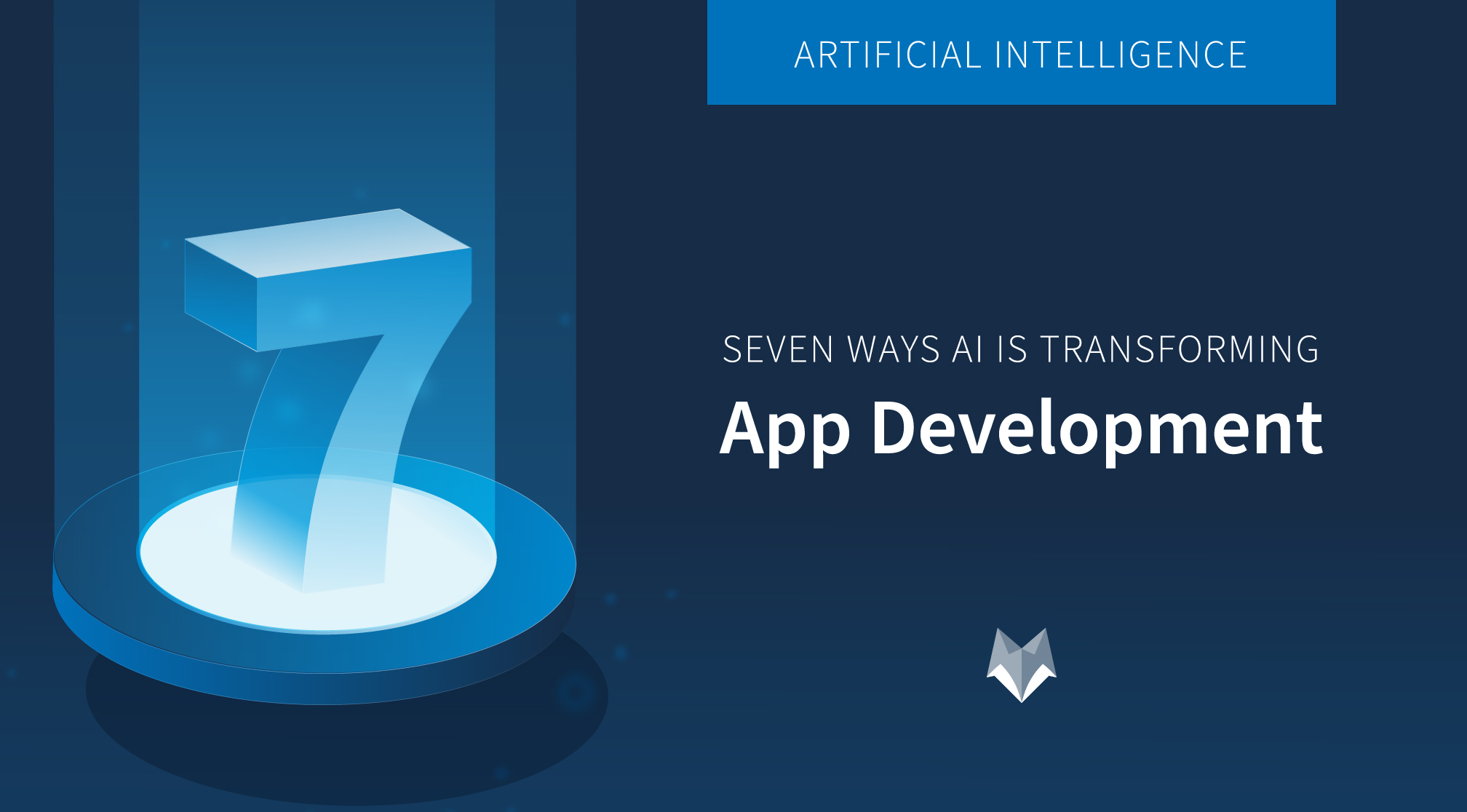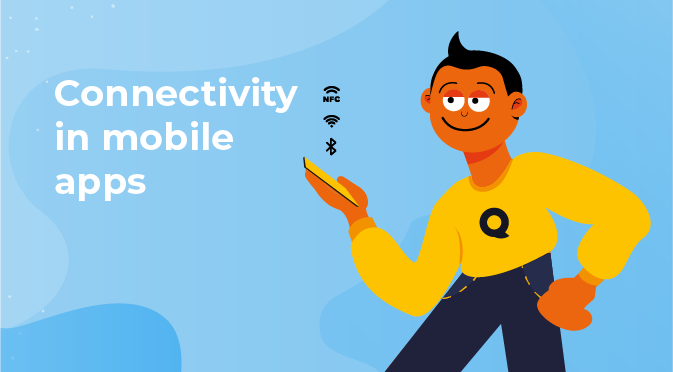Super-Users - Your Top 1%
March 16th, 2017
![Super-Users - Your Top 1%]()
Why do some people drink coffee daily and others almost never? Why do some drink only one while others drink four cups or more daily? Why do some just want a regular coffee and others want raspberry-cheesecake mocha frappuccinos? We all like different things to different degrees, and for different reasons. That's obvious enough, but not all businesses are structured to benefit from the difference between average customers and hardcore fans - super users.
Marketing aims to optimize our customer base, spending, and retention. Should we look for more customers? Should we look at optimizing our revenue per customer? Perhaps both? Perhaps, what's good for the goose is good for the gander and vice versa. Or should we say, what's good for the whale is also good for the iPod? *That might be going too far.*
**The Pareto Principle and Super Users**
Are you familiar with the Pareto Principle? You might know it as the 80/20 Rule. It is important to note that the Pareto Principle works best when involving economies of scale for all of the reasons associated with statistical samples.
For our purposes, it asserts that 80% of sales come from 20% of customers. But it doesn’t stop there. The Pareto Principle applies to sub-groups, as well:
* 80% of 80% or 64% of sales derive from 20% of 20% or 4% of customers.
* 80% of 64% or 51% of sales derive from 20% of 4% or .8% of customers.
The following is a simple, theoretical example of how a Pareto distribution might look for a business with a market reach of 100,000 customers:
<Image src="https://res.cloudinary.com/gummicube/image/upload/v1708646155/upload/community/3148378160.png" alt="pareto distribution " width="585" height="117" />*Pareto Distribution showing top 1% of super-users responsible for 51% of revenue*
But, the Pareto Distribution does not work well for premium sales and subscription models for individual products. Both impose a hard cap on potential revenue from super-users. A high-end premium app priced at $20 would see super-user revenue capped at $20,000. This remains true even when a premium title requires a subscription, like many Massively Multiplayer Online (MMO) games did for years.
**Super Users want Super Options**
Starbucks does a lot of Mobile things right for a brick-n-mortar business, as Chris Chidgey explored last year in [Lessons Learned From Successful Mobile Marketing Campaigns](http://www.gummicube.com/2016/03/mobile-marketing-campaigns/). Starbucks gamified their customer loyalty program by adding levels and incentives for frequent customers. Their Mobile Order and Pay was bringing in over 8 million monthly transactions as of April of 2016.
But, if Starbucks only sold 87,000 variations of coffee, its $21 billion of 2015 revenue would be cut practically in half, to only $11 billion. Nearly half of its revenue is derived from a small percentage (less than 1%) of its products like pastries, sandwiches, premium coffee by the pound, coffee makers and mugs. They've taken the idea of a $3-4 cup of coffee to offering nearly $300 yearly subscriptions for new premium coffee blends delivered to members monthly.
For startups, Path of Exile, an MMO, raised over $2.5 million through crowdfunding. While the majority of backers (60%) contributed around $10, they had over 180 people contributing $1,000 or more. One option, the Founder's Pack was offered for $12,500. This placed the contributor’s name in the game credits, let them contribute toward in-game content, receive unique custom content, a t-shirt, and assorted knickknacks.
**F2P Software as a Store**
When was the last time you paid a cover charge to get into a store? Probably never. When talking about mobile apps and software, the lines get very blurry in trying to define whether they are products, services, or even storefronts. If you have a storefront, real or virtual, you want people to come in and look around.
Mobile apps helped push the envelope on [monetization models](http://reinvently.com/app-monetization-models/?utm_source=gummicube.com\&utm_medium=referral\&utm_campaign=guest-posts). With nearly 92% of mobile apps distributed for free, mobile developers needed to get creative - and other businesses have followed suit. As we look at the most innovative "free to play" products today, we see a low-risk, open-ended business model with many monetization options:
* Some special premium content is still available for purchase.
* Incentives are offered for different subscription tiers.
* Stores offer a wide range of products and services.
* Incentives are offered for making any purchase or subscription.
While removing the barrier to entry, the most innovative "F2P" developers also try to remove the hard cap on customer spending. In short, they try to make it like walking into a store. You can look around as much as you like, even get some free cheese and crackers or other samples and taste tests. But, they do have products on the shelves and they do have a real price.
**Super Users Want Super Options**
Everyone does. It's a natural response that if you find something you like to try to find more of it. This is a design, marketing, and business development issue. If people love what you have to offer, believe it or not - you do have more to offer than what you have. In some cases, it may involve some extra coding. In other cases, it may involve finding reseller agreements on closely associated product/service verticals.
In games, there are people who will happily pay for $50 for a +6 Tome of Supreme Ability, virtual tanks, virtual storage space, special mounts, and wide-ranging cosmetic effects. Some people have more money than time; others more time than money. For a premium, new players can now jump into games and group with their friends already at the "end game" versus having to grind up from level 1. Others are willing to pay to change their character's name.
These things are not for everyone, but they are available for those who want them, often times a very small minority of your overall customers. The Pareto Principle is an odd thing, but it works and can be extraordinarily useful in prioritizing your efforts.
**Points of fact:**
* Less than 1% of the world's population owns over half of the world’s wealth.
* Over half of mobile game revenue globally is earned by the top 1% of mobile game developers.
* Half of their revenue is derived from 1% of their players
Similar Articles

Posted on March 18th, 2021
The future of technology is AI and the future of AI is mobile. The latest data shows that the market size of artificial intelligence was valued at $27.23 billion in 2019, this figure is projected to reach $266.92 billion by 2027 (Fortune Business Insights, 2020).

Posted on February 24th, 2021
This guest-post is courtesy of our partners at Input Logic.

Posted on December 11th, 2020
Today nobody can imagine life without smartphones. They connect us with our friends and family, and provide entertainment and access to social media. That is why mobile phones have become an integral part of everyday life.



